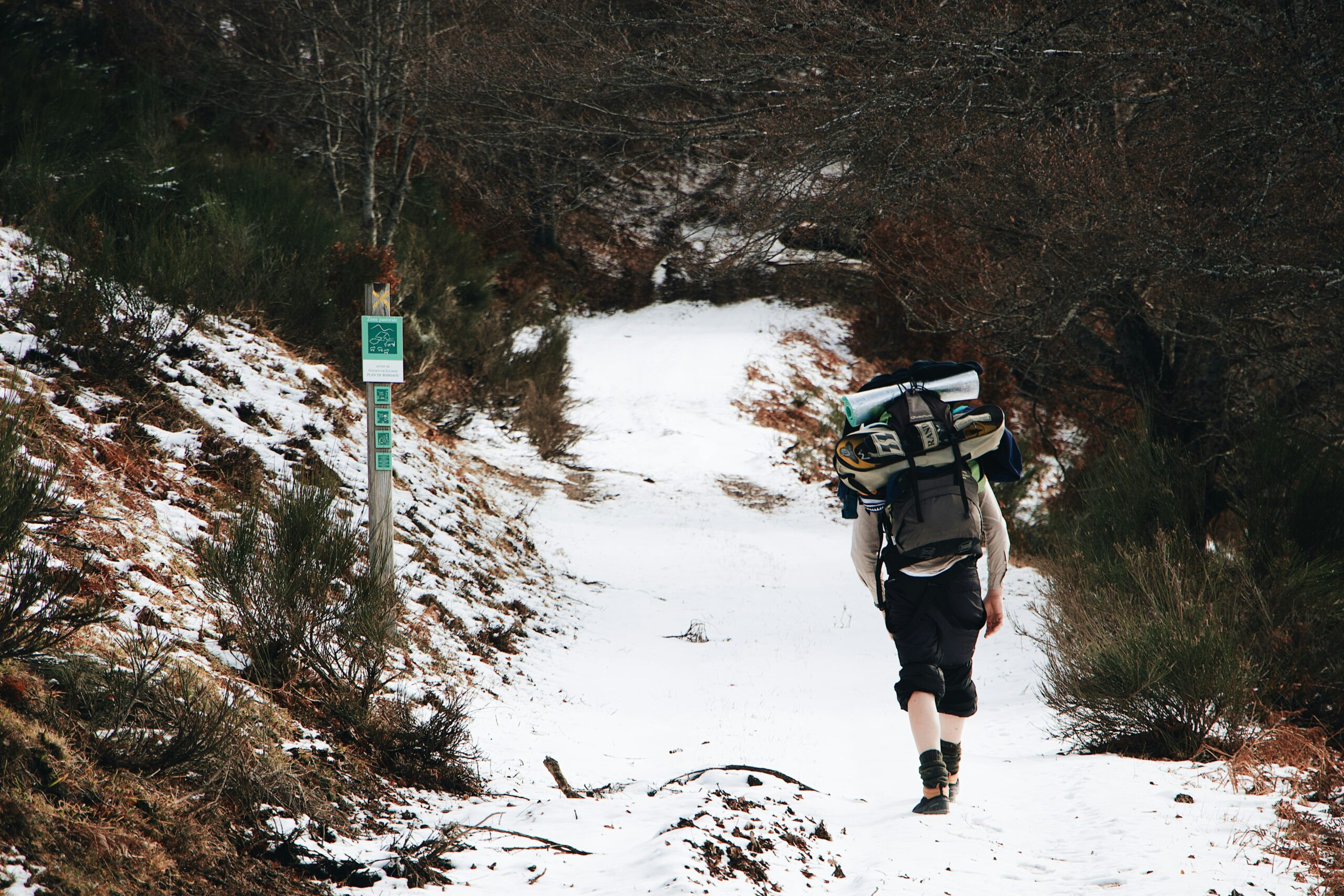
Familiarity Breeds Oversight
After years on the trail, seasoned hikers develop routines and preferences. Packs are lighter, gear is more efficient, and confidence runs high. But confidence can blur into complacency. While beginners obsess over checklists, experienced hikers sometimes skip items they think they’ve outgrown—only to regret it miles into the backcountry. It’s not about gear hoarding; it’s about being ready for the unpredictable. These ten often-overlooked essentials are small, easy to carry, and can dramatically change the outcome of an unexpected situation.
Printed Map and Compass
Navigation apps and GPS devices are powerful, but they’re not failproof. Phone batteries drain faster in the cold, apps crash, and trail data doesn’t always match reality. When tech goes silent, a topographic map and compass are your last line of defense. They don’t require service or power; they can reorient you precisely when appropriately used. Every hiker should brush up on basic navigation—no matter how many hikes they’ve logged.
Insulation for Sudden Weather
Warm days can turn icy after sunset. That sunny ridgeline might hide wind that cuts right through your clothes. Even day hikers often forget a lightweight down jacket or fleece layer, assuming short trips don’t require them. The truth: temperature drops can happen fast, especially at higher elevations. Having an extra layer can prevent hypothermia or discomfort if plans go sideways.
High-Calorie Emergency Snacks
Many hikers bring enough food for their planned hike—but not more. What if you take a wrong turn? What if someone in your group slows down or gets injured? A couple of high-calorie bars, trail mix packs, or nut butter packets take up minimal space but could fuel you for hours if you’re delayed. Calories become currency in survival scenarios—don’t run out.
Electrolyte Support
Even the most hydrated hikers can experience fatigue, headaches, or muscle cramps if they forget electrolytes. Water alone can dilute your system during intense activity. Replenishment is essential, whether it’s a tube of electrolyte tablets, a small packet of sports drink powder, or salty trail snacks. Ignore it, and you might find yourself drained when it matters most.
Signal Whistle
Yelling doesn’t carry far in the wilderness. A whistle can alert others to your location without exhausting you. Many experienced hikers assume they can shout for help or use their phone—until they can’t. A three-blast whistle pattern is the universal distress signal. Clip it to your pack or jacket zipper. It’s a simple item that’s easy to forget and hard to replace when needed.
Firestarter Kit
Lighters break, matches get wet, and flint tools require practice. Carrying a firestarter kit with waterproof matches, fire cubes, or magnesium strips gives you more than one option to get a flame going. It’s not just about warmth—signaling for help, drying wet clothes, and boosting morale in challenging situations.
Spare Socks
Soggy socks ruin hikes. Blisters form quickly in damp conditions, and cold feet can sap your energy. An extra pair of wool or synthetic socks weighs very little and occupies almost no room. Yet it’s one of the first things even skilled hikers omit when aiming to cut weight. On a long or wet trail, fresh socks can be a game-changer.
Compact Trash Bag
Leave No Trace isn’t optional, but it’s incredible how many people forget to pack their trash—especially biodegradable items. A small trash bag or ziplock lets you carry out waste neatly, including wrappers, used tissues, food scraps, or dog waste. It’s also handy for picking up litter others have left behind, which many experienced hikers feel responsible for doing.
Emergency Shelter
No, not a full tent—but a lightweight bivvy sack or emergency space blanket. Day hikers often skip this, assuming they’ll be home before dark. But twisted ankles, route confusion, or sudden storms can turn hours into an overnight stay. A compact shelter can block wind, hold in heat, and offer a huge psychological lift if things go wrong.
Duct Tape (or Better)
Gear breaks. Shoes fall apart. Backpacks rip. Skin gets blisters. A strip of duct tape or gear-specific repair tape can fix nearly any problem in the short term. Wrap it around your trekking pole or water bottle so it’s always available. For extra versatility, add a few safety pins or zip ties. MacGyvering gear mid-hike isn’t just for survivalists but for anyone who wants to finish strong.
Rediscovering Discipline
Expertise should bring sharper judgment—not lazier habits. But trail veterans can fall into the trap of minimalism without realism. The goal isn’t to load your pack with what-ifs—it’s to build a system that accounts for the unexpected while staying efficient. Revisiting the basics isn’t a step backward. It’s a reminder that the wild doesn’t care how many miles you’ve logged.
Treat your packing list like a living document the next time you set out. Review it with humility. What didn’t you use last time? What did you wish you’d had? Because sometimes the difference between discomfort and disaster is just one tiny, forgotten item at the bottom of your bag.